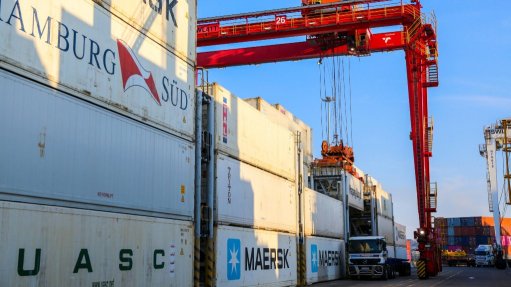SA agency on high space-weather alert as current solar cycle nears peak

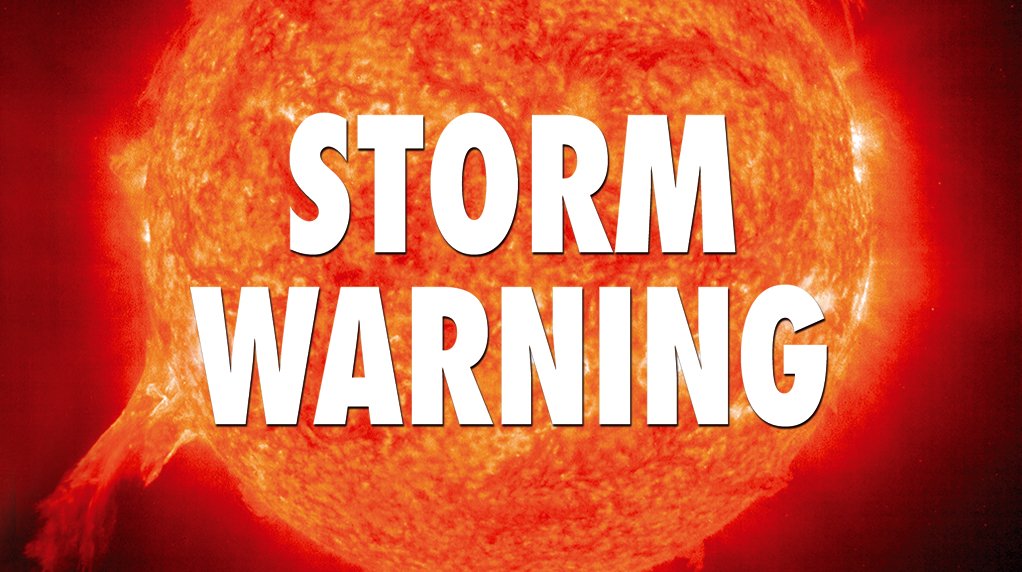
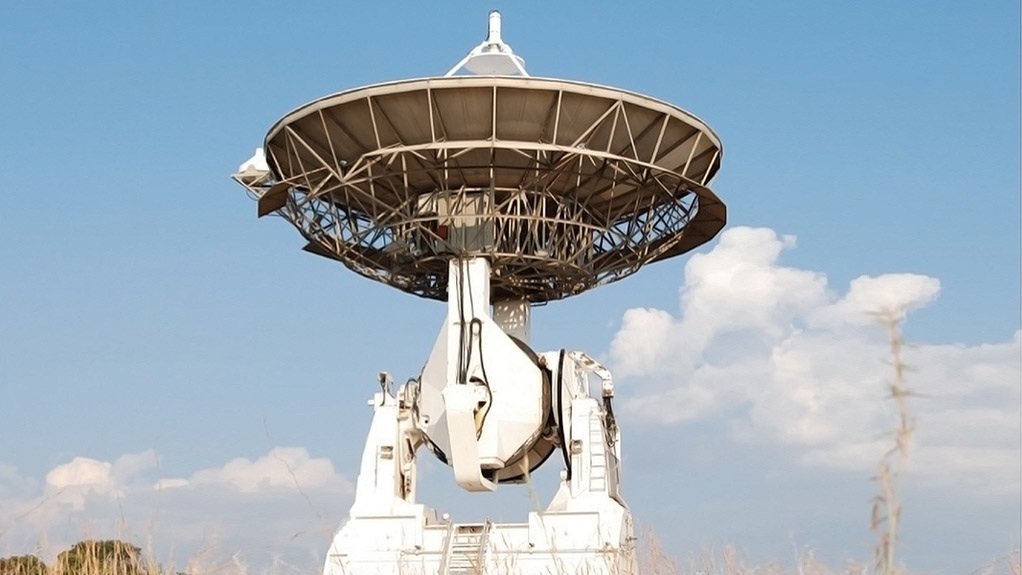
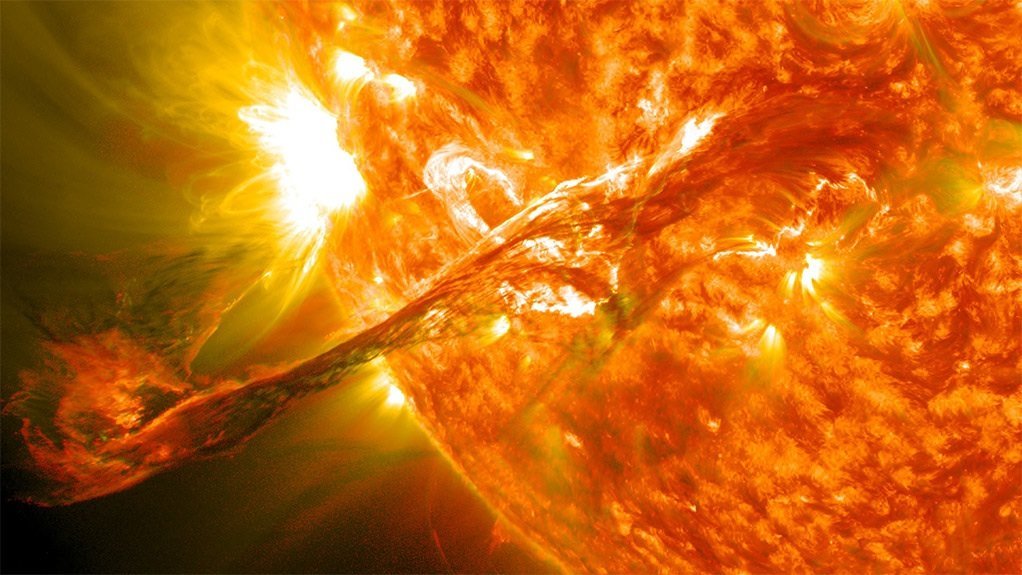
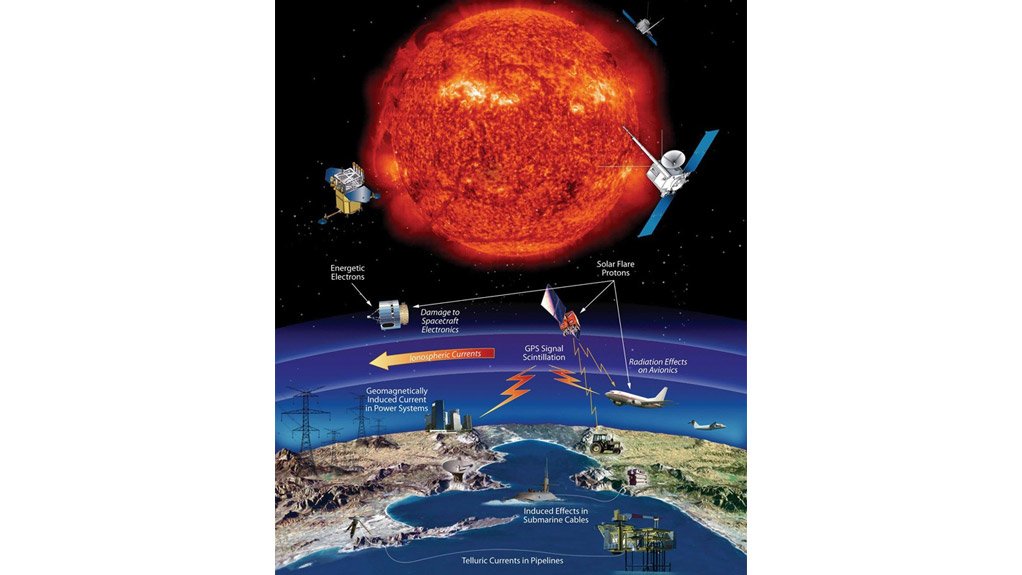
GATHERING INFORMATIONA SANSA antenna used to detect space weather
SOLAR FLAREA coronal mass ejection is a massive burst of solar wind and magnetic fields rising above the solar corona and being released into space
Photo by NASA
POSSIBLE DAMAGESpace weather has the capacity to have disastrous effects on space and earth based technology infrastructure as well as people and animals
Space weather can potentially have disastrous effects on space and earth based technology infrastructure – from information and communication technology to electrical power distribution systems.
Many countries are, therefore, monitoring space weather to develop ways to provide protection from its effects or mitigate its impact on infrastructure, people and even animals. The South African National Space Agency (SANSA), which was established in 2010 in an effort to derive greater value for South Africa from space science and technology, is central to this country’s efforts in this regard.
SANSA collaborates with various institutions overseas and in South Africa on space weather research, including the impacts of space weather on radio communication systems, global positioning systems, electrical power systems and on satellite technologies. SANSA is also developing algorithms for the estimation of the time of arrival and intensity of space weather storms based on upstream observations from satellites.
Several SANSA research activities are focused on improved modelling, predicting and forecasting of space weather. There are many areas of research that are contributing to an improved understanding of space weather and its effects at South African latitudes.
SANSA researcher Dr Pierre Cilliers describes space weather as events on the sun and in interplanetary space that affect technologies on earth and in space. Space weather explains these events in terms of the intensity of broadband radiation and the high-energy particles emitted by the sun, the plasma clouds that are ejected from the sun during solar flares and coronal mass ejections (CMEs), as well as the impact of these events on the earth.
“Space weather is a consequence of the behaviour of the sun, the nature of earth’s magnetic field and atmosphere, and our location in the solar system. Space weather events have an average 11-year cycle of intensity, which is associated with the increase and decrease in the number of sunspots,” Cilliers elaborates.
Sunspots are active regions on the sun’s surface that have a lower temperature and higher magnetic activity than the surrounding areas. The interaction between solar wind, the earth’s magnetic field and the neutral atmosphere plays a key role in the impact of space weather on terrestrial technologies. Space technologies are primarily affected by the radiation and high-energy particles emitted from the sun during solar flares and CMEs.
Consequences
Moderate space weather can affect power systems and cause weak power grid fluctuations, as well as affect the migration patterns of migratory animals. Severe space weather can affect electrical power distribution systems, which can experience widespread voltage control problems, while protective system problems could occur and damage power transformers.
Severe space weather can also affect spacecraft operations, causing extensive surface charging, orientation problems, as well as problems with uplink/downlink communications and satellite tracking.
“Pipeline currents in long-distance pipelines can reach hundreds of amps. High-frequency radio propagation may be impossible in many areas for a day or two and satellite navigation may also be degraded for a few days while other technologies that can be affected include the Internet, mobile phones and geomagnetic survey equipment,” says Cilliers.
The severity of space weather impacts is related to latitude, with high-latitude regions being more severely affected than mid- and low-latitude regions.
South Africa lies in the midlatitudes and is considered to be in a low-impact region.
Permanently Disabled
However, during the Halloween storm – an extreme space weather storm that occurred near the peak of the previous solar cycle, between October 29 and 31, 2003, which was recorded as the sixth-worst storm in recorded history – all the aforementioned effects that are typical of severe storms did occur in South Africa. During this storm, several satellites were permanently disabled.
Near the peak of the subsequent solar cycle, South Africa’s own satellite, SumbandilaSat, launched in September 2009, is believed to have been disabled during a severe space weather event in August 2011.
Solar flares and high-speed CMEs are the origin of severe space weather storms. However, not all CMEs are geo-effective, as they may be directed away from the earth and affect space technologies, such as satellites, that are in their path. Geo-effective CMEs reach the earth between one and three days after being ejected from the sun.
Rapid fluctuations in the earth’s magnetic field are caused by the interaction of solar wind with the earth’s magnetosphere. The resulting rapid fluctuations in the electron density of the ionosphere also cause radio disturbances on trans-ionospheric radio signals, like those that come from satellites, and in long-distance radio communications that use high-frequency radio, which is reflected by the ionosphere.
The rapid changes in the earth’s magnetic fields are caused by the increase in ionospheric currents during geomagnetic storms. Geomagnetic fluctuations give rise to geomagnetically induced currents in power systems. Solar flares and CMEs are random events and not all sunspots give rise to CMEs. CMEs are more regular during periods of high sunspot counts near the peak of a solar cycle. The occurrence of CMEs is linked to contortions of the sun’s magnetic field. The exact cause is not well understood; hence, CMEs are not easy to predict.
Space weather intensity is graded on various scales related to the various systems that can be impacted on by space weather. A commonly used scale is the planetary K-index (Kp-index). The Kp-index expresses the intensity of the geomagnetic storm resulting from space weather on a scale from zero (quiet time) to nine (extreme space weather). Storms with an intensity below Kp=5 do not have significant effects on terrestrial technologies. At Kp=5, the storms are considered minor and from Kp=8 to Kp=9, the impacts can be severe to extreme.
Early Warning
SANSA Space Science, in Hermanus, in the Western Cape, operates a space weather centre that is the designated Regional Warning Centre for space weather in Africa, under the International Space Environment Service.
SANSA maintains an instrumentation network throughout Southern Africa, Antarctica and the Atlantic, data from which is combined with satellite images and solar wind observations obtained from US-based agency the National Aeronautics and Space Administration to monitor and forecast the occurrence of space weather storms.
A dedicated team of forecasters, supported by Sansa scientists, provides a continuous space weather service for South Africa, as well as strategic products and services for the defence, aeronautics and communication sectors.
“The frequency of extreme storms is about four times in an 11-year solar cycle, while severe storms occur on about 60 days per solar cycle. Since the start of Solar Cycle 24 towards the end of 2011, the frequency and intensity of space weather storms have been increasing. We are currently near the peak of Cycle 24 and have already had a number of flares and CMEs during this cycle,” says Cilliers.
Protection
The prediction and monitoring of space weather allows preventive and mitigating measures to be taken. Space walks by astronauts can be postponed; satellites can be switched to a safe mode during periods of high impact space weather, from which they are more likely to recover; satellite launches and magnetic surveys can be postponed; radio communication and cable television disturbances can be anticipated and will not be attributed to faulty technology; and power systems can be reconfigured or shut down to reduce the impact of the geomagnetic storms.
Developing knowledge of the space environment also allows for a better understanding of its impacts. Such knowledge facilitates the development of procedures for mitigation and risk management, explains Cilliers.
There are very few means of protection against the impact of space weather storms. Protection for power systems can be provided through the installation of direct current blocking capacitors in all power lines, as is often done in high-latitude countries.
“However, this is a very expensive solution to the problem and research on alternative technologies to mitigate the potential impact is currently under way. Knowledge and understanding are the first point of protection and effective mitigation of the impacts of all space weather effects.”
Article Enquiry
Email Article
Save Article
Feedback
To advertise email advertising@creamermedia.co.za or click here
Comments
Press Office
Announcements
What's On
Subscribe to improve your user experience...
Option 1 (equivalent of R125 a month):
Receive a weekly copy of Creamer Media's Engineering News & Mining Weekly magazine
(print copy for those in South Africa and e-magazine for those outside of South Africa)
Receive daily email newsletters
Access to full search results
Access archive of magazine back copies
Access to Projects in Progress
Access to ONE Research Report of your choice in PDF format
Option 2 (equivalent of R375 a month):
All benefits from Option 1
PLUS
Access to Creamer Media's Research Channel Africa for ALL Research Reports, in PDF format, on various industrial and mining sectors
including Electricity; Water; Energy Transition; Hydrogen; Roads, Rail and Ports; Coal; Gold; Platinum; Battery Metals; etc.
Already a subscriber?
Forgotten your password?
Receive weekly copy of Creamer Media's Engineering News & Mining Weekly magazine (print copy for those in South Africa and e-magazine for those outside of South Africa)
➕
Recieve daily email newsletters
➕
Access to full search results
➕
Access archive of magazine back copies
➕
Access to Projects in Progress
➕
Access to ONE Research Report of your choice in PDF format
RESEARCH CHANNEL AFRICA
R4500 (equivalent of R375 a month)
SUBSCRIBEAll benefits from Option 1
➕
Access to Creamer Media's Research Channel Africa for ALL Research Reports on various industrial and mining sectors, in PDF format, including on:
Electricity
➕
Water
➕
Energy Transition
➕
Hydrogen
➕
Roads, Rail and Ports
➕
Coal
➕
Gold
➕
Platinum
➕
Battery Metals
➕
etc.
Receive all benefits from Option 1 or Option 2 delivered to numerous people at your company
➕
Multiple User names and Passwords for simultaneous log-ins
➕
Intranet integration access to all in your organisation















